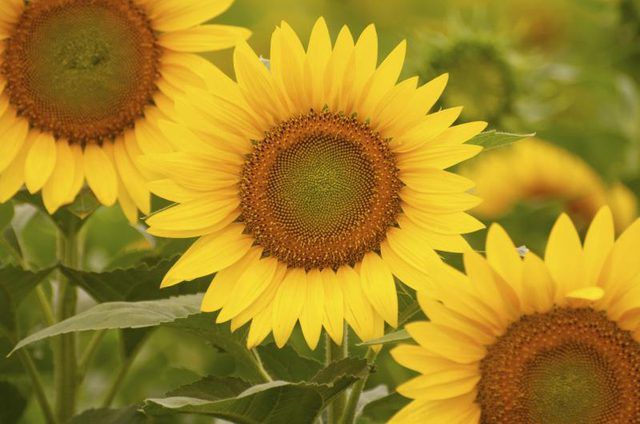Bulbs
Flower Basics
Flower Beds & Specialty Gardens
Flower Garden
Garden Furniture
Garden Gnomes
Garden Seeds
Garden Sheds
Garden Statues
Garden Tools & Supplies
Gardening Basics
Green & Organic
Groundcovers & Vines
Growing Annuals
Growing Basil
Growing Beans
Growing Berries
Growing Blueberries
Growing Cactus
Growing Corn
Growing Cotton
Growing Edibles
Growing Flowers
Growing Garlic
Growing Grapes
Growing Grass
Growing Herbs
Growing Jasmine
Growing Mint
Growing Mushrooms
Orchids
Growing Peanuts
Growing Perennials
Growing Plants
Growing Rosemary
Growing Roses
Growing Strawberries
Growing Sunflowers
Growing Thyme
Growing Tomatoes
Growing Tulips
Growing Vegetables
Herb Basics
Herb Garden
Indoor Growing
Landscaping Basics
Landscaping Patios
Landscaping Plants
Landscaping Shrubs
Landscaping Trees
Landscaping Walks & Pathways
Lawn Basics
Lawn Maintenance
Lawn Mowers
Lawn Ornaments
Lawn Planting
Lawn Tools
Outdoor Growing
Overall Landscape Planning
Pests, Weeds & Problems
Plant Basics
Rock Garden
Rose Garden
Shrubs
Soil
Specialty Gardens
Trees
Vegetable Garden
Yard Maintenance
Facts About Sunflower Pollen
Facts About Sunflower Pollen. The composite flower heads of sunflowers are complex reproductive structures that are responsible for a complicated mating process. A crucial part of that process is pollen, the powder produced by the plant's male reproductive organs, and the fate of the pollen after it's produced determines the relative success of the...

The composite flower heads of sunflowers are complex reproductive structures that are responsible for a complicated mating process. A crucial part of that process is pollen, the powder produced by the plant's male reproductive organs, and the fate of the pollen after it's produced determines the relative success of the sunflower's reproductive cycle.
Common Sunflower
The common sunflower (Helianthus annuus) is an annual that is grown as an ornamental in the garden and commercially for its seeds. The plant produces flower heads that are made up of a central cluster of dark-colored flowers surrounded by a rim of specialized flowers that each produce a single, outward-facing yellow or yellow-orange petal-like ray. Only the central flowers produce pollen; the ray flowers lack reproductive organs and are sterile. Pollen production and shedding begins in the flowers at the outer edge of the flower head and moves inward toward the center over time. Typically, it takes about 71 days from planting to the emergence of the first anther, when pollen production and pollination can begin. It takes about 38 days from the appearance of the first anther to seed maturity.
Cross Pollination and Self-Pollination
The small brown flowers in the middle of the flower disc have both male and female reproductive organs. As the flower develops, the anthers, male organs that produce pollen, emerge first. Later, the style and stigma, the female organs that receive the pollen, push outward from the center of the flower, and the stigma opens to collect pollen. Usually, the pollen from a flower's anthers is dispersed by pollinators before the stigma emerges, so the flower is unlikely to self-pollinate, but if pollinators don't remove the pollen early, the flower may fertilize itself. Although some cultivars produce seeds just fine after self-pollination, seed production is better in general when the plant is cross-pollinated.
Pollinator Preferences
Bees are the most common sunflower pollinators, and in commercial operations, honey bees are often intentionally introduced into sunflower fields. Bumble bees and other wild bee species are able to pollinate the flowers as well, and plants pollinated by bumble bees typically produce more seeds than those pollinated by honey bees. Some sunflowers are male-sterile, meaning that they don't produce pollen; these varieties need pollinators to deliver pollen from other plants, and if pollinators aren't present, the plant won't produce seeds.
Some gardeners cover the plant's flower heads with cheesecloth or other materials to protect ripening seeds from birds, but covering the flowers before pollination will prevent pollinating insects from getting to the flowers; covered flowers may still self-pollinate, but the seed yield may be reduced.
Pollenless Varieties
Cross-pollinating a male-sterile sunflower with pollen from another variety can produce a pollenless hybrid. Breeders have intentionally developed pollenless varieties because the lack of pollen makes the plants nonallergenic and less messy when they're used as cut flowers, since they don't shed dusty yellow pollen over nearby surfaces. These cultivars will produce seeds if they're cross-pollinated in the garden by pollen from different varieties. Pollenless cultivars include "Lemon Aura," "Go Bananas" and "Infrared Mix."